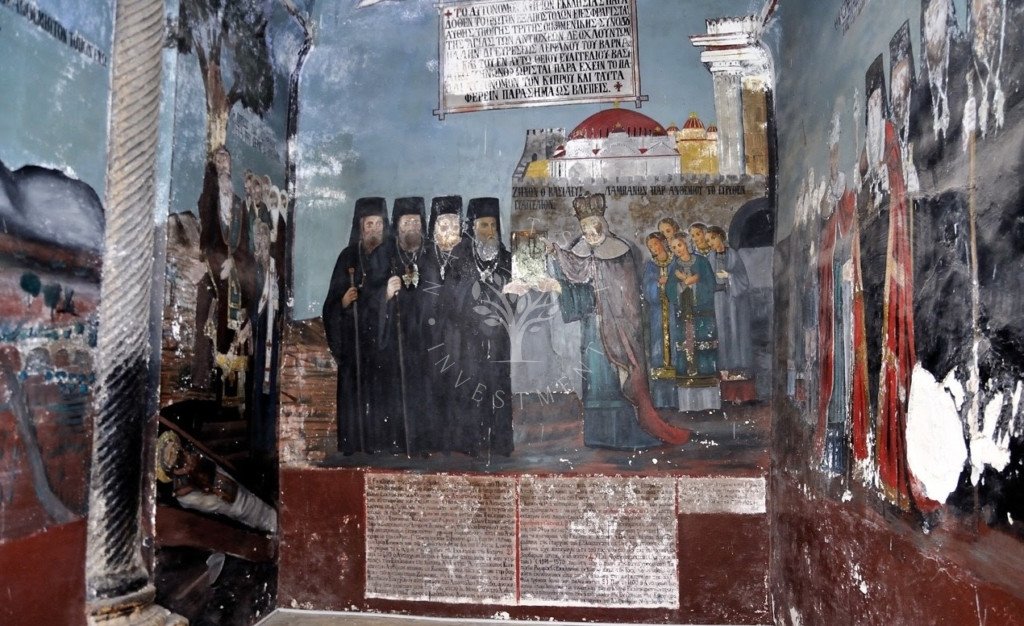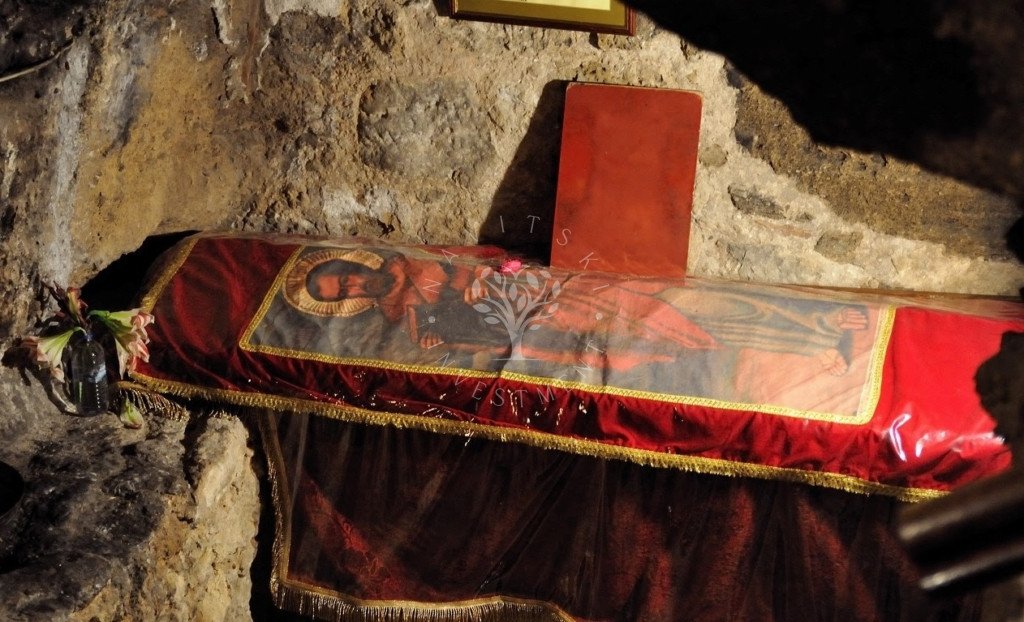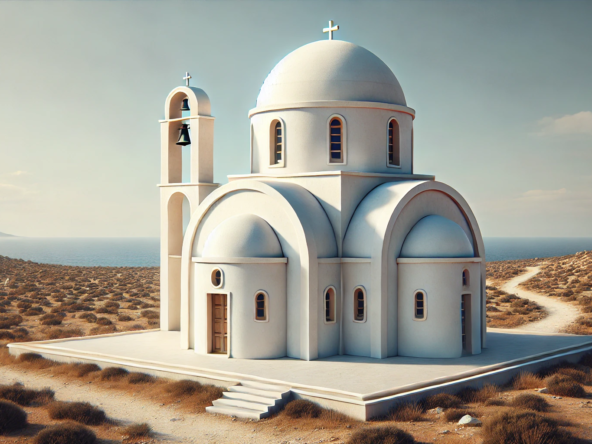Монастырь Апостола Варнавы занимает почётное место среди самых значимых святынь Кипра. Этот комплекс является важным центром паломничества, а также выдающимся памятником истории и архитектуры. Расположенный в живописной и уединённой местности неподалёку от города Фамагуста, он гармонично сочетает в себе скромный внешний вид и глубокую духовную значимость. Сегодня в его стенах открыт археологический музей, который притягивает как любителей истории, так и туристов, жаждущих открыть для себя культурное наследие острова.

История создания монастыря Апостола Варнавы
История монастыря Апостола Варнавы тесно связана с личностью самого апостола Варнавы, в честь которого он назван. Варнава, родившийся в благочестивой семье священников в античном городе Саламис, посвятил свою жизнь проповедованию христианства. После обучения в Иерусалиме он вернулся на родину, где стал первым архиепископом Кипра. Варнава посвятил свою жизнь проповедованию христианства, за что и был схвачен иудеями и мученически казнён. Его останки тайно перезахоронили ближайшие последователи, но точное место упокоения долгое время оставалось неизвестным.
Прошли века, прежде чем один из епископов увидел вещий сон, в котором ему было указано местонахождение гробницы Варнавы. После раскопок обнаружили древнюю могилу, что стало основой для строительства церкви. Со временем церковь многократно перестраивалась, меняя свой облик. Современное здание, которое восхищает туристов, было возведено в XVIII веке. Вблизи располагаются монашеские постройки, где до 1976 года жили монахи. Они собственными силами поддерживали порядок, украшали стены монастыря фресками, создавали иконы и заботились о сохранении святынь. В 1991 году монастырь был восстановлен, а в его стенах разместился археологический музей.

Гробница Апостола Варнавы
Не менее важным объектом монастырского комплекса является место захоронения Апостола Варнавы, которое находится в 150 метрах от основного здания. Здесь был построен мавзолей с часовней, откуда лестница ведёт в подземную пещеру. Внутри пещеры расположен древний гроб, пустующий на сегодняшний день. Археологические находки и элементы внутреннего убранства подтверждают, что гробница была сооружена в римский период. Особое внимание привлекают аркосолии — уникальные арочные ниши, украшенные фресками.
Останки Апостола Варнавы, найденные в гробнице, изначально хранились в специально построенной церкви. Однако после землетрясения в XII веке было принято решение перенести мощи святого в Никосию, где уже была возведена новая церковь. Позднейшая судьба реликвий остаётся загадкой, но монастыри Киккос и Махерас на Кипре утверждают, что владеют частями мощей апостола.

Археологический музей
Монастырь Апостола Варнавы в настоящее время выполняет функции археологического музея, который разделён на несколько тематических залов. Каждый из них посвящён отдельному периоду или аспекту жизни острова:
- Греческий зал: Здесь представлены артефакты древнегреческой эпохи, которые дают представление о культуре и традициях того времени.
- Зал античной скульптуры: В этом зале можно увидеть статуи, возраст которых достигает 2500 лет. Особого внимания заслуживает женская скульптура, являющаяся одной из старейших находок музея.
- Зал римского стекла: Уникальная коллекция римских изделий из стекла впечатляет изяществом и мастерством исполнения.
Кроме того, музей включает в себя экспонаты, найденные на Кипре: амфоры, кувшины, расписную утварь, фигурки животных и украшения. В отдельном здании монастырского комплекса, в церкви, находится музей икон, где собраны ценные образцы христианского искусства.

Архитектурные особенности
Монастырь Апостола Варнавы изначально был построен в византийском стиле. Первое здание, возведённое в VII веке, было разрушено в результате арабских набегов. В XVII веке его восстановили, и с тех пор внешний вид сооружения практически не менялся. Современный монастырь представляет собой базилику с пересекающимися нефами и куполами над каждым из них. Узкие окна с решётками и массивные стены придают зданию величественный вид, характерный для византийской архитектуры.
Часовня над гробницей апостола и церковь «Рождение Богородицы» также являются важными элементами комплекса. Церковь знаменита своими фресками XII–XV веков, выполненными во франко-византийском стиле, и великолепным резным иконостасом XVIII века, который украшают геометрические и цветочные орнаменты.

Современное значение монастыря
Монастырь Апостола Варнавы сегодня — это не только место духовного поклонения, но и культурное достояние Кипра. Ежегодно сюда приезжают тысячи туристов, чтобы прикоснуться к древней истории, насладиться красотой архитектуры и увидеть уникальные экспонаты археологического музея. Посещение монастыря обычно сопровождается добровольными пожертвованиями, что делает его доступным для всех желающих.
Монастырь Апостола Варнавы — это место, где переплетаются прошлое и настоящее, рассказывая удивительную историю христианства на Кипре и увековечивая память о великом апостоле.
📍Местоположение Монастыря Апостола Варнавы – ЗДЕСЬ.




